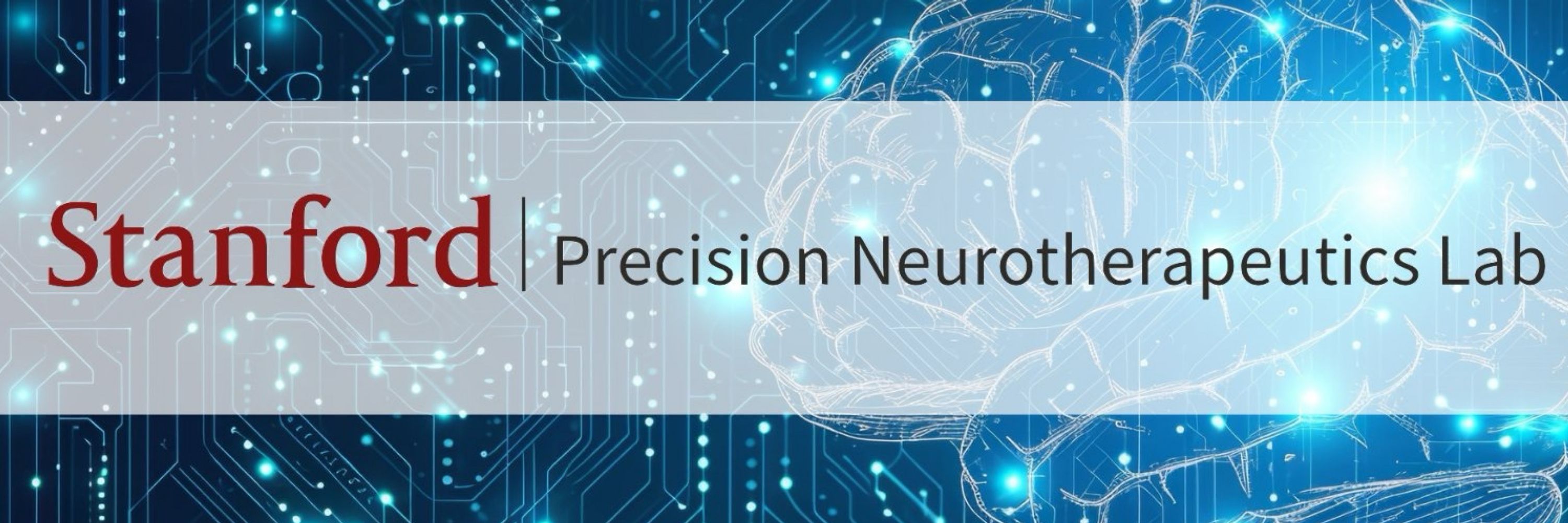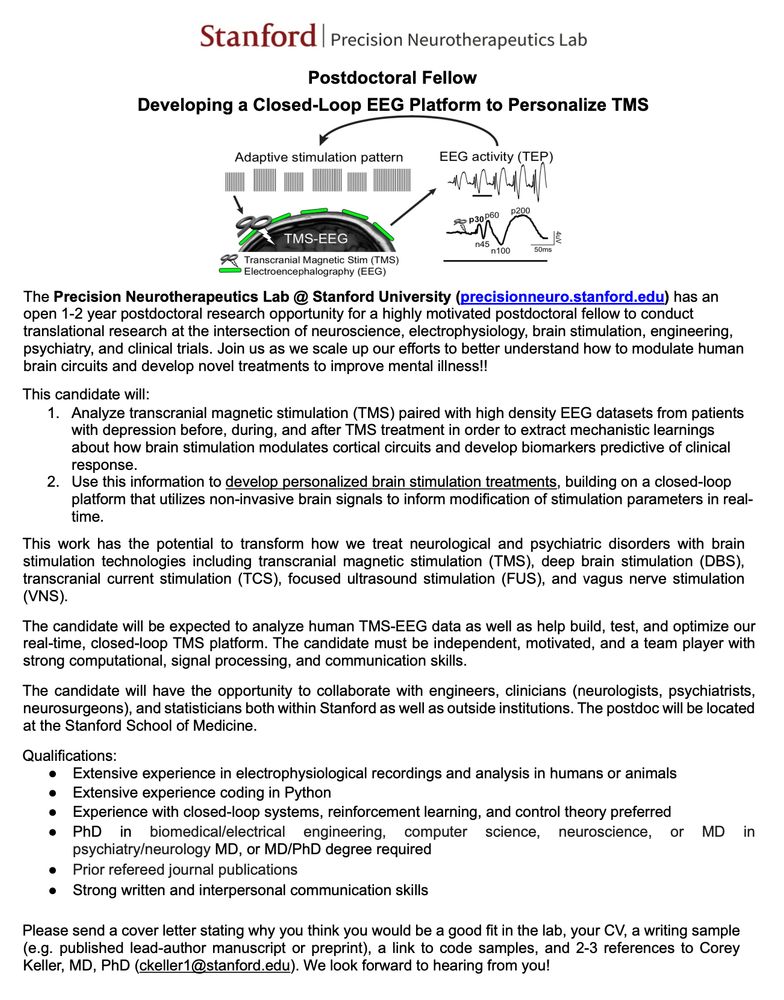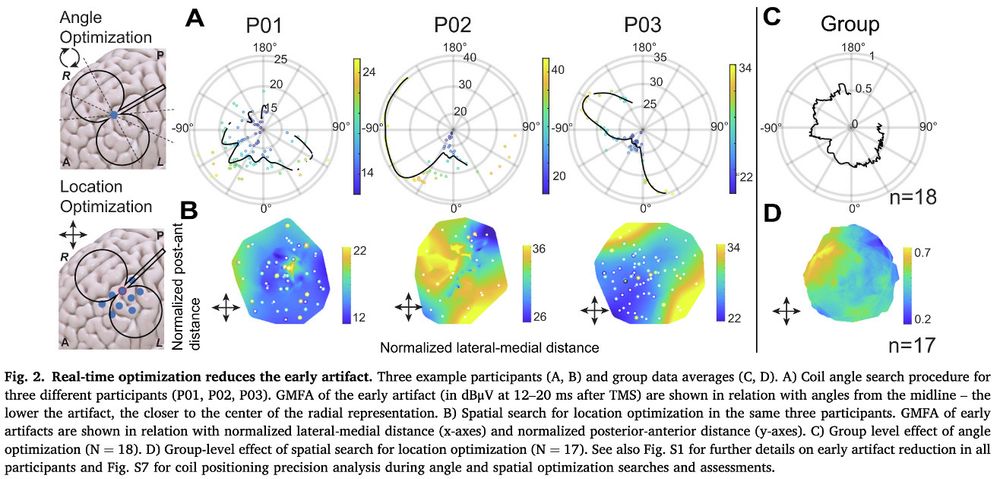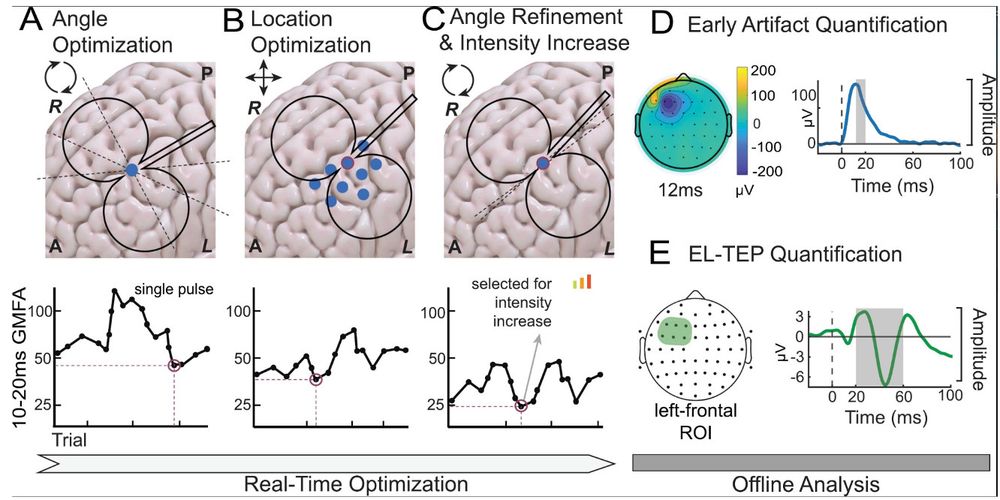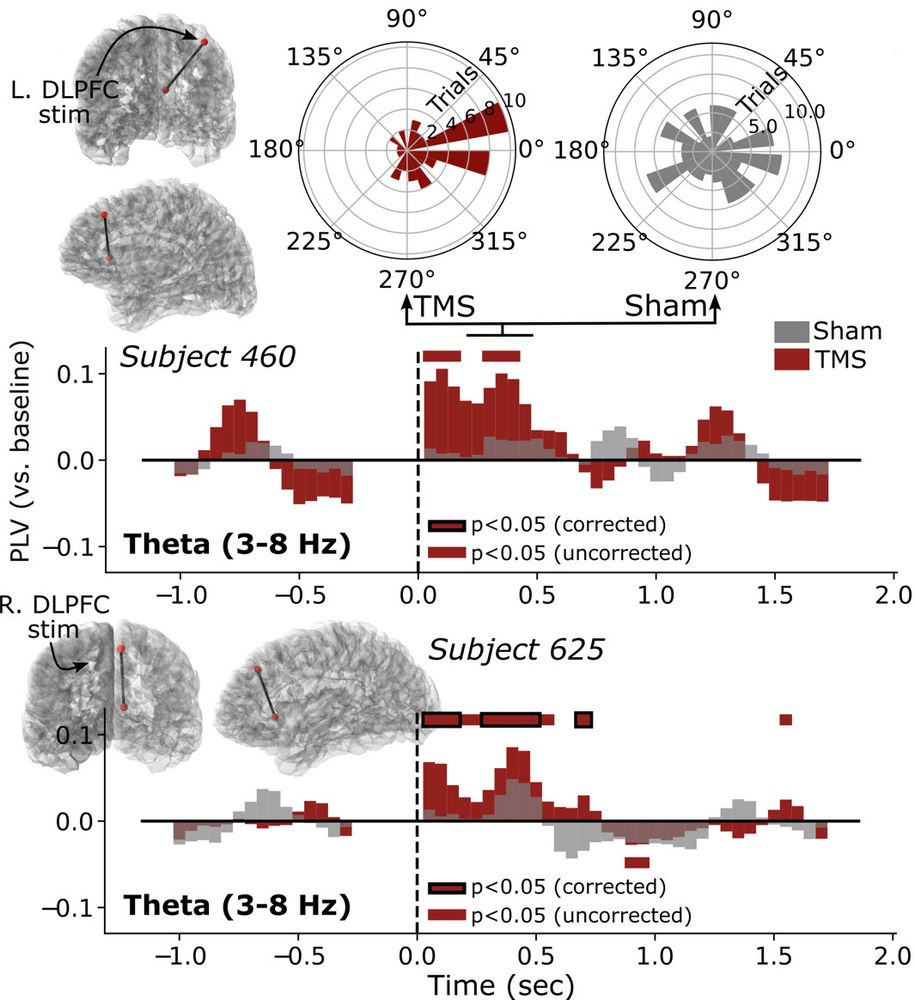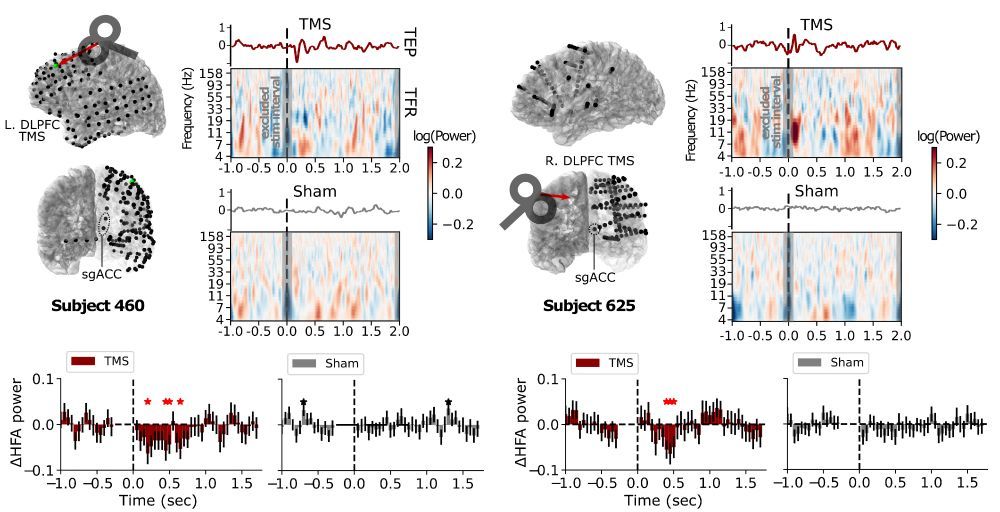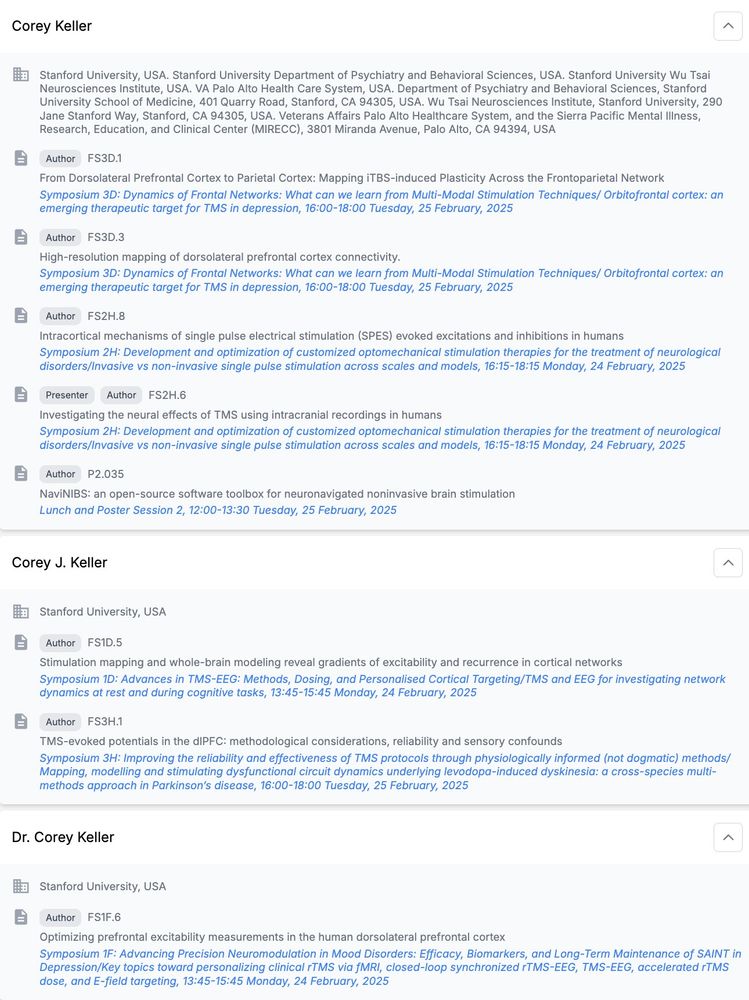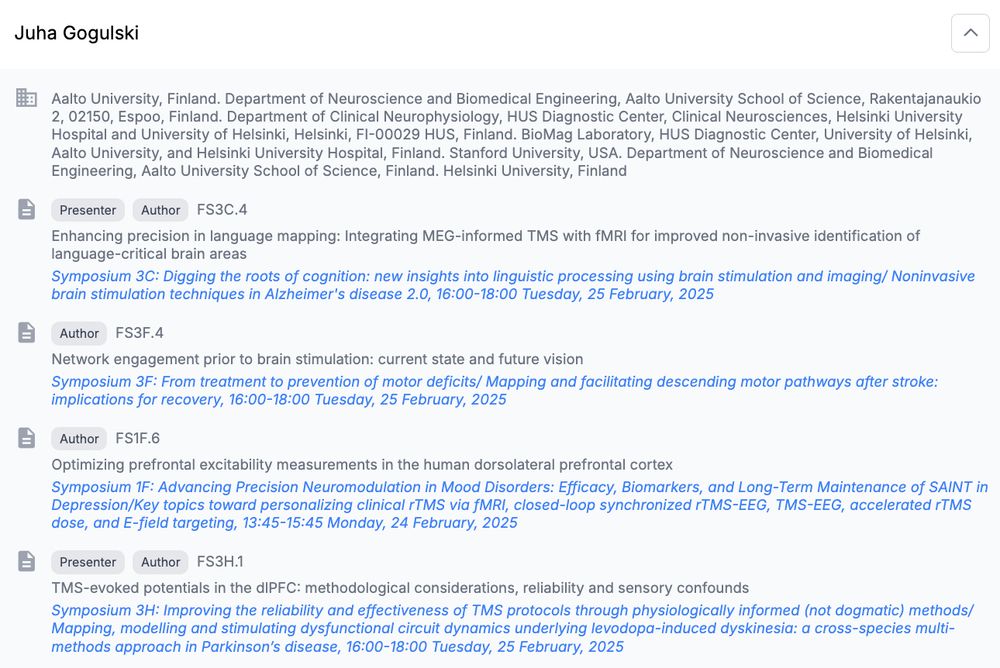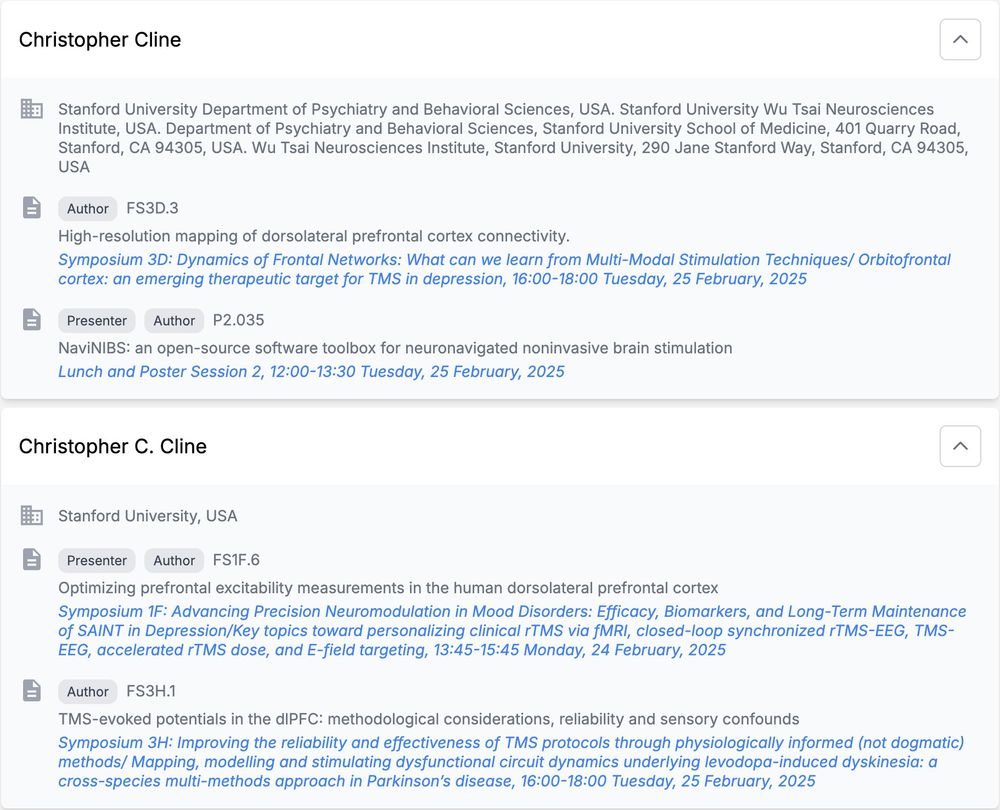Precision Neurotherapeutics Lab @ Stanford
@stanfordpntlab.bsky.social
370 followers
570 following
53 posts
Deconstructing brain stimulation tools to build personalized treatments for mental health disorders.
precisionneuro.stanford.edu
Posts
Media
Videos
Starter Packs
Reposted by Precision Neurotherapeutics Lab @ Stanford
Reposted by Precision Neurotherapeutics Lab @ Stanford
Reposted by Precision Neurotherapeutics Lab @ Stanford
Ethan Solomon
@esolomon.bsky.social
· Apr 3

DLPFC Stimulation Suppresses High-Frequency Neural Activity in the Human sgACC
Transcranial magnetic stimulation (TMS) to the dorsolateral prefrontal cortex (DLPFC) is hypothesized to relieve symptoms of depression by inhibiting activity in the subgenual anterior cingulate corte...
www.biorxiv.org
Reposted by Precision Neurotherapeutics Lab @ Stanford
Reposted by Precision Neurotherapeutics Lab @ Stanford
